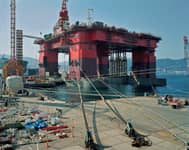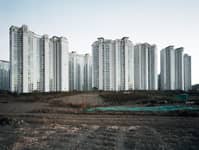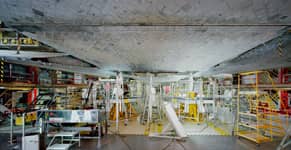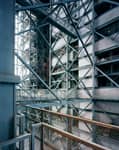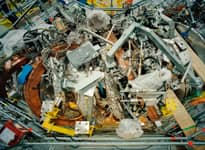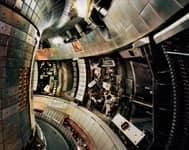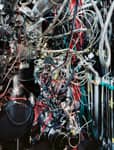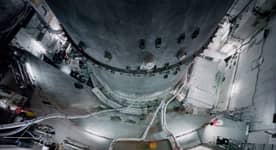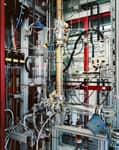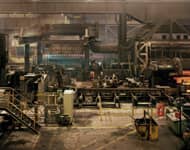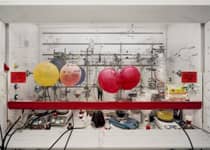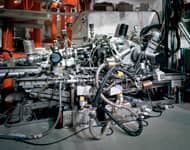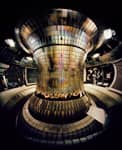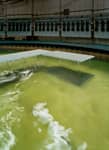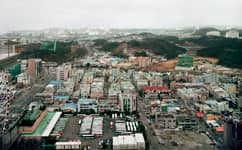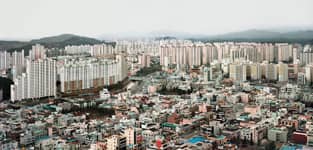In March 2007 Struth went on a first trip to South Korea. He spent time in the two largest cities, Seoul and Busan, as well as visiting religious and cultural sites, important landscapes and shipyards. At the vast DSME shipyard on Geoje Island, one of the largest in the world, he photographed tankers under construction and an immense semi-submersible drilling rig. Struth made two further visits to South Korea in 2008 and 2010, as well as visiting Pyongyang in North Korea for the first time. Intrigued by the technological prominence of NASA, Struth also twice visited the Kennedy Space Center at Cape Canaveral in Florida.
On his first visit in 2007, he toured the NASA Space Museum and was struck by the immensity of the programme over the past fifty years and the collusion of science, politics and power in the American space project. On a subsequent visit he gained access to working areas of the NASA complex, for example the workshops where the space shuttles are repaired between missions.
He expanded his research to encompass a wide range of sites where teams of specialists are working at the cutting edge of new technologies. These have included research laboratories and industrial complexes in Germany: the Max Planck Institutes for Plasma Physics in Greifswald and Garching; the nuclear power plant Würgassen in Beverungen, which is currently being dismantled; the ThyssenKrupp steel plant in Duisburg-Bruckhausen; as well as sites in Greece, Argentina, North and South Korea, Israel, Scotland and the United States. Some of the works picture complex and purely functional configurations of technical connections and share formal similarities with the Paradise series.

